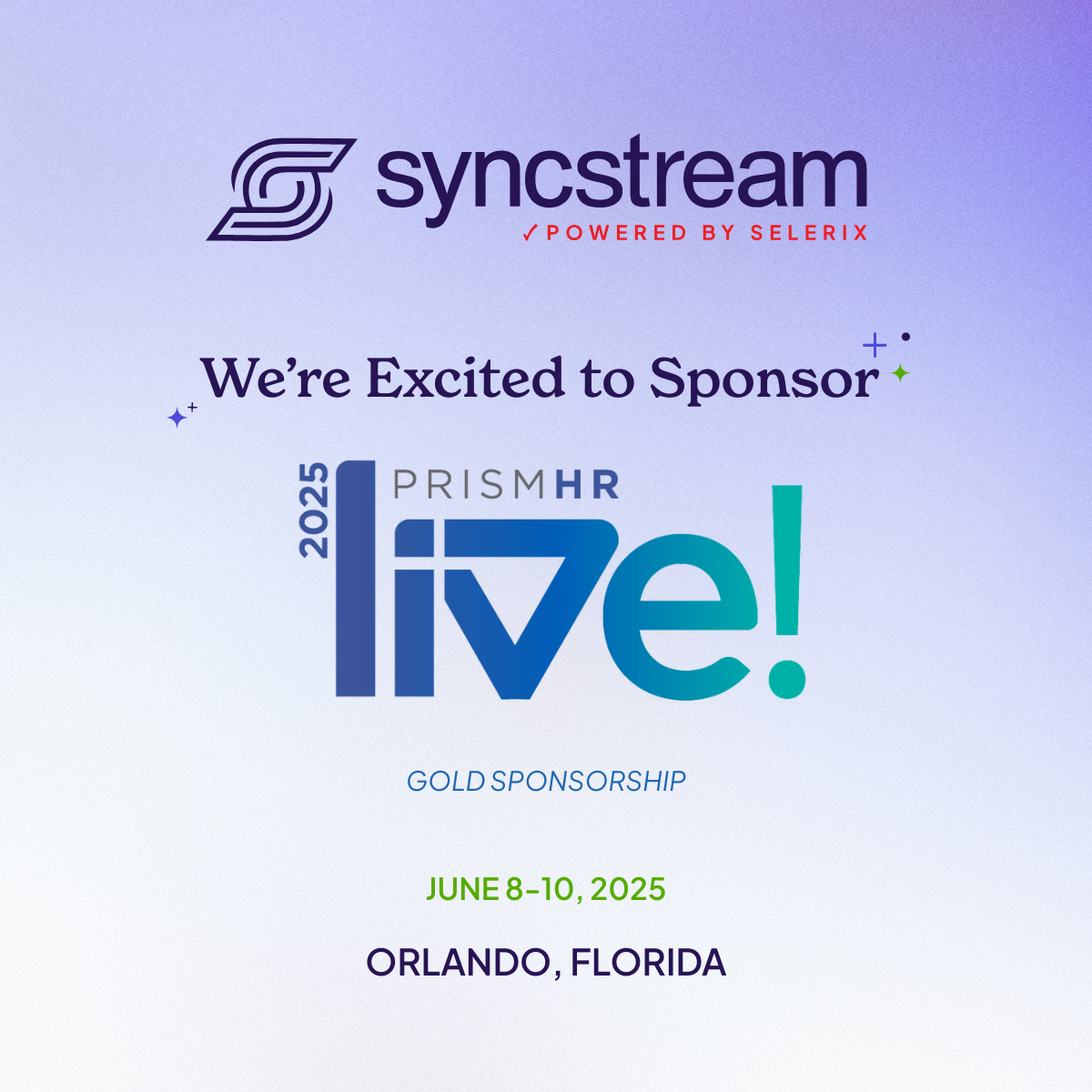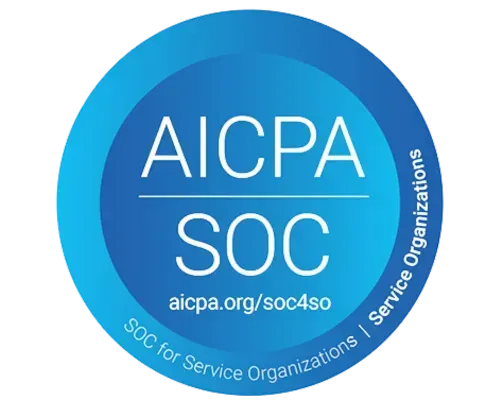Why the hospitality industry struggles with ACA compliance
Why the hospitality industry struggles with ACA compliance
Blog / By Sean Cooper
If you’re in charge of a hotel, restaurant, casino, spa, or other hospitality business, congratulations! You have even more challenges, and more to lose, when it comes to Affordable Care Act (ACA) compliance.
ACA compliance can be a hair-pulling slog for applicable large employers (ALEs), a category many hospitality businesses fall under. If you’re part of this group, you already know you have to offer affordable, minimum-value coverage to full-time employees (those who work at least 30 hours per week).
But what you might not realize is that the unique structure, silos, and seasonality of hospitality businesses can leave landmines for your ACA reporting. Here’s how to defuse any issues before ACA compliance is in jeopardy.
Multiple departments, multiple opportunities for error
If you run a hotel, for example, the multiple departments and often multiple locations can create trouble, especially when they roll up to one HR department.
When employees work dual-shifts under multiple job codes, and at various pay rates, tracking their ACA status can be a lot more complex than at the typical business where employees work 9-5 every day.
For instance, let’s say an employee’s primary job is front desk clerk, and they work in the morning three days a week for a total of 18 hours as a part-time position. The same person also has a part-time position in housekeeping for an overnight shift that totals another 18 hours per week. Is this employee full-time under the ACA?
Yes.
Even though this employee has two job categories at two different rates, they still work for the same company for a total of 36 hours per week.
Since these jobs fall under the same employee identification number (EIN), this scenario is especially complex for ACA reporting because now you have to pull in different payroll rates, track hours worked for each position, and then determine if the employee is considered full-time and should be offered health coverage.
With employees working in multiple departments, managers have trouble tracking employees. From an HR perspective, since they’re usually the ones offering and reporting on coverage, the challenge lies in combining lots of employee data from various departments and being able to manage it appropriately.
Inconsistent EINs
On top of multiple departments, if your property has a different EIN for a hotel, casino, and individual restaurants to separate liability, reporting is a bit different.
Even though it’s all the same business in the eyes of your customer, different EINs are treated individually from a reporting standpoint.
If you run a hotel that falls under a parent company, you’re responsible for ACA reporting as the individual owner of the EIN, even if the parent company governs HR responsibilities.
This is where you could face a control group vs. consolidated group scenario. You have to manage employees working at multiple locations and at different pay rates, which makes it more difficult to track pay and ensure affordable coverage is offered.
Seasonal peaks and valleys
Seasonality is another factor that comes into play in the hospitality industry. brought on to accommodate increased demand cannot work more than 120 days during a calendar year, and if they come back to work for an employer within a 13-week period, they’re no longer considered seasonal.
Seasonal workers can impact your organization’s ALE status. If your headcount is teetering on the ALE threshold (50 full-time equivalent employees) and you have an employee surge over the summer, this could easily make or break your ALE status. Accurately tracking the hours worked by seasonal employees is paramount to maintaining compliance and avoiding IRS penalties.
ACA best practices
For the hospitality industry in particular, the best advice is to be diligent in tracking all workers so you can identify full-time employees and offer affordable health care.
To help achieve ACA compliance, we also recommend the following:
- Invest in an intelligent solution to manage the most complex situations.
Most employee information should already be recorded and updated in a payroll or benefits management system, but for hospitality businesses with many variable-hour employees, this isn’t always enough to figure out who qualifies for coverage and who doesn’t. Investing in an ACA solution that can store, interpret, and file this data properly will help ease the process and ensure auditability when reporting season comes to a close.
2. Maintain consistency across the board.
Especially when it comes to the management of employees from department to department or location to location, consistency is key. If you’re going to track and report employees one way, do it the same way for all within that department or location.
3. Update employee data on a regular basis.
To ensure employee data is constantly tracked, an individual or team should be dedicated to continually monitoring employees against ACA requirements. If not, reporting will prove overwhelming when you’re trying to file in the first quarter of the year.
The ACA is definitely complex when it comes to hospitality, but it doesn’t have to be troublesome. If you follow these best practices and stay up-to-date on the latest health care regulations, compliance should be a breeze.





